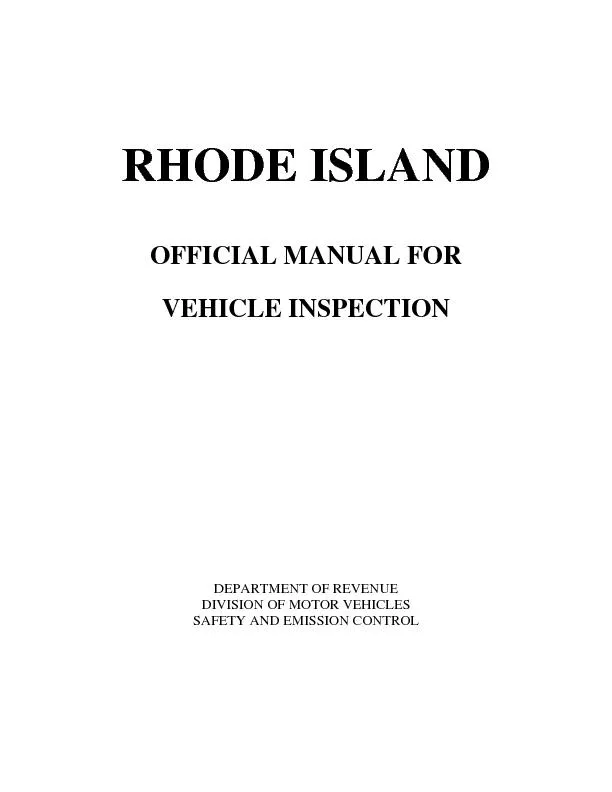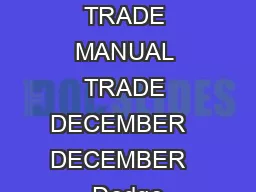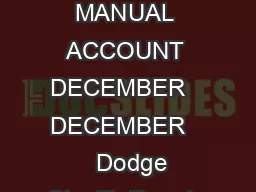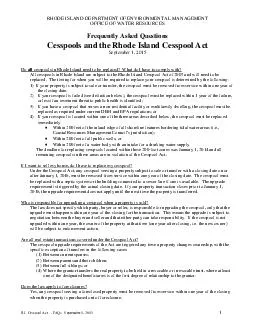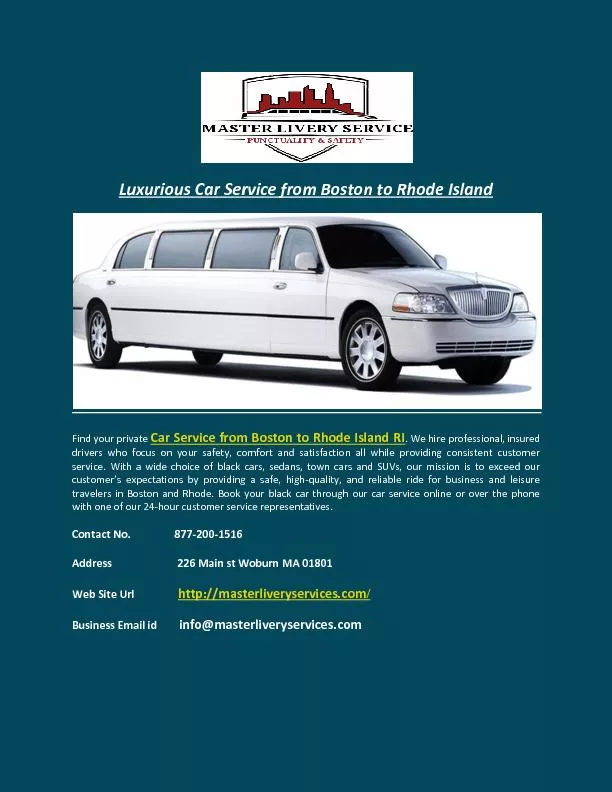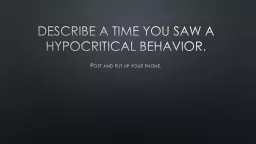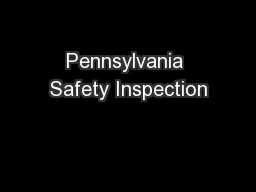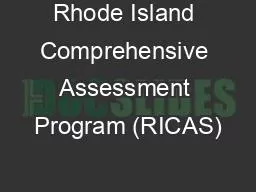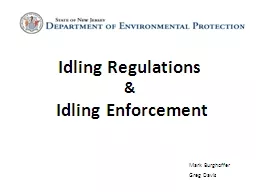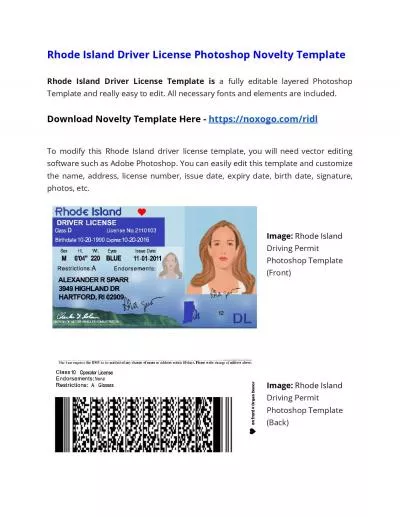PDF-RHODE ISLAND OFFICIAL MANUAL FOR VEHICLE INSPECTION DEP
Author : jane-oiler | Published Date : 2016-06-15
In accepting your official appointmentfrom the State Government to properly inspect all vehicles submitted for inspection and to serve the citizens efficiently This
Presentation Embed Code
Download Presentation
Download Presentation The PPT/PDF document "RHODE ISLAND OFFICIAL MANUAL FOR VEH..." is the property of its rightful owner. Permission is granted to download and print the materials on this website for personal, non-commercial use only, and to display it on your personal computer provided you do not modify the materials and that you retain all copyright notices contained in the materials. By downloading content from our website, you accept the terms of this agreement.
RHODE ISLAND OFFICIAL MANUAL FOR VEHICLE INSPECTION DEP: Transcript
Download Rules Of Document
"RHODE ISLAND OFFICIAL MANUAL FOR VEHICLE INSPECTION DEP"The content belongs to its owner. You may download and print it for personal use, without modification, and keep all copyright notices. By downloading, you agree to these terms.
Related Documents

